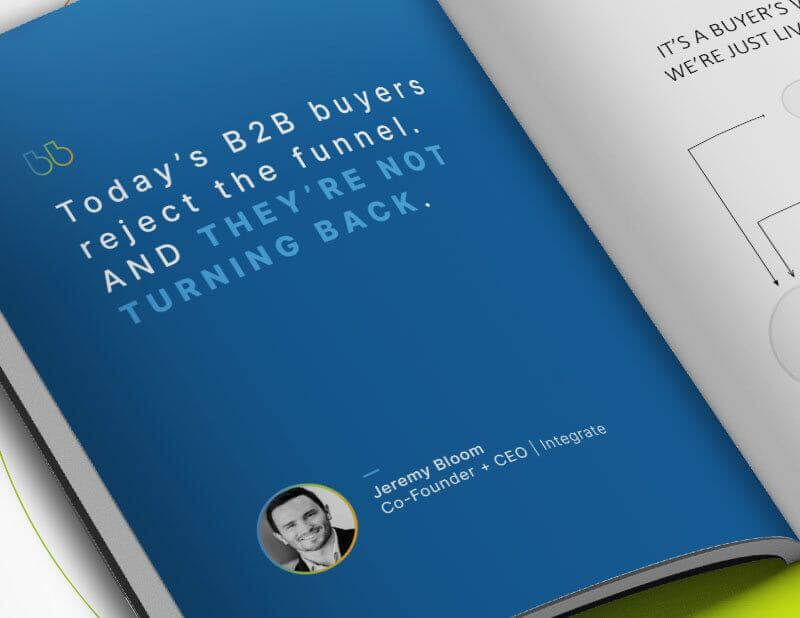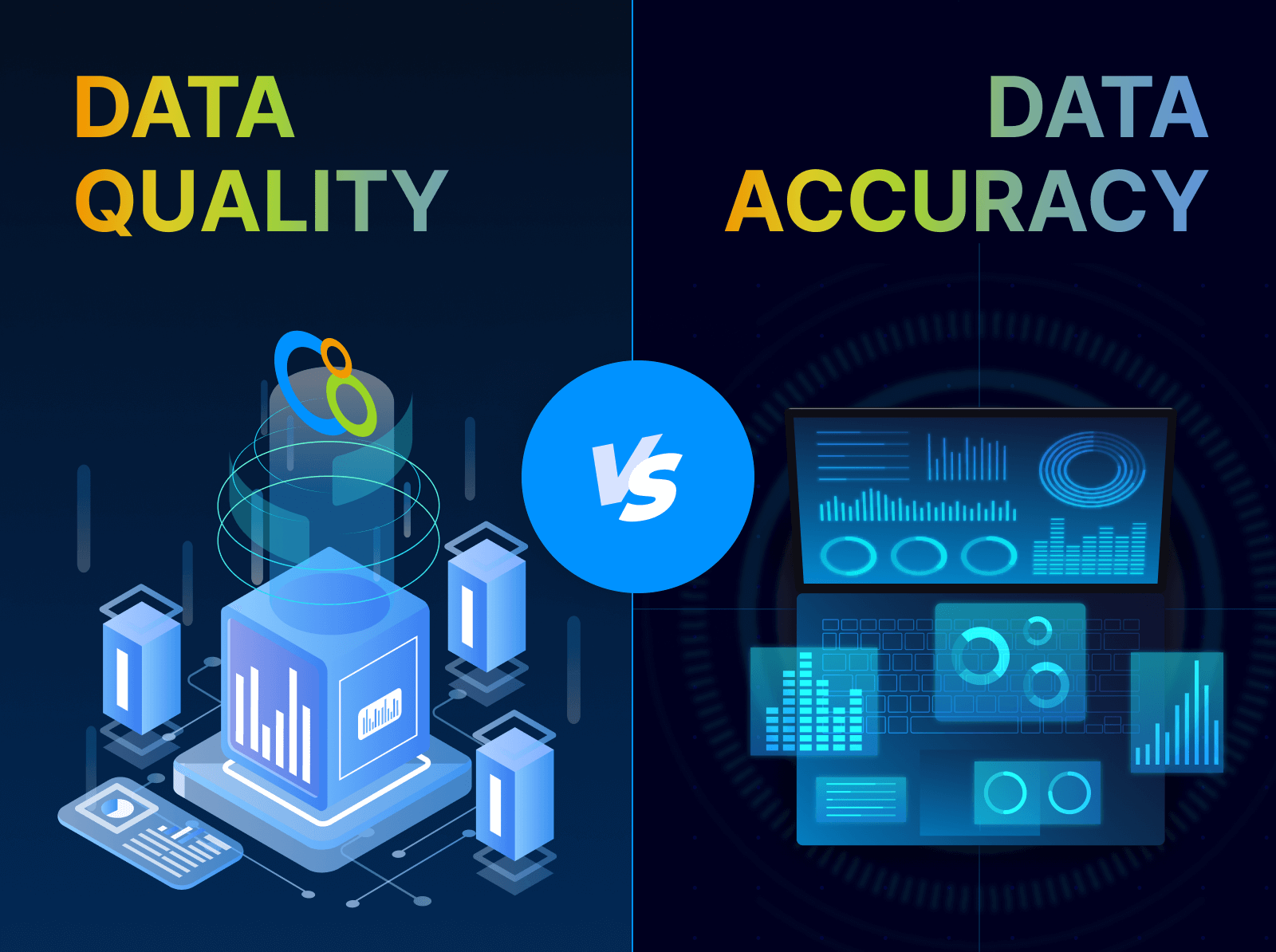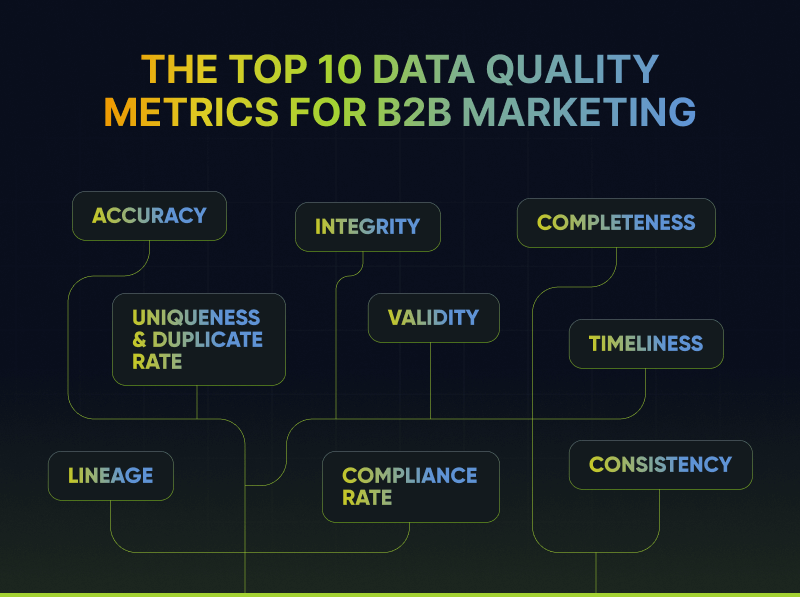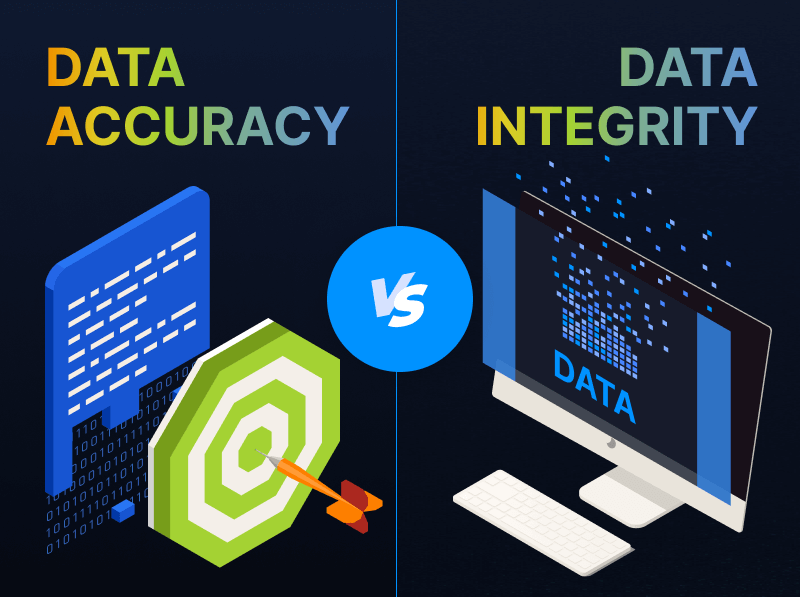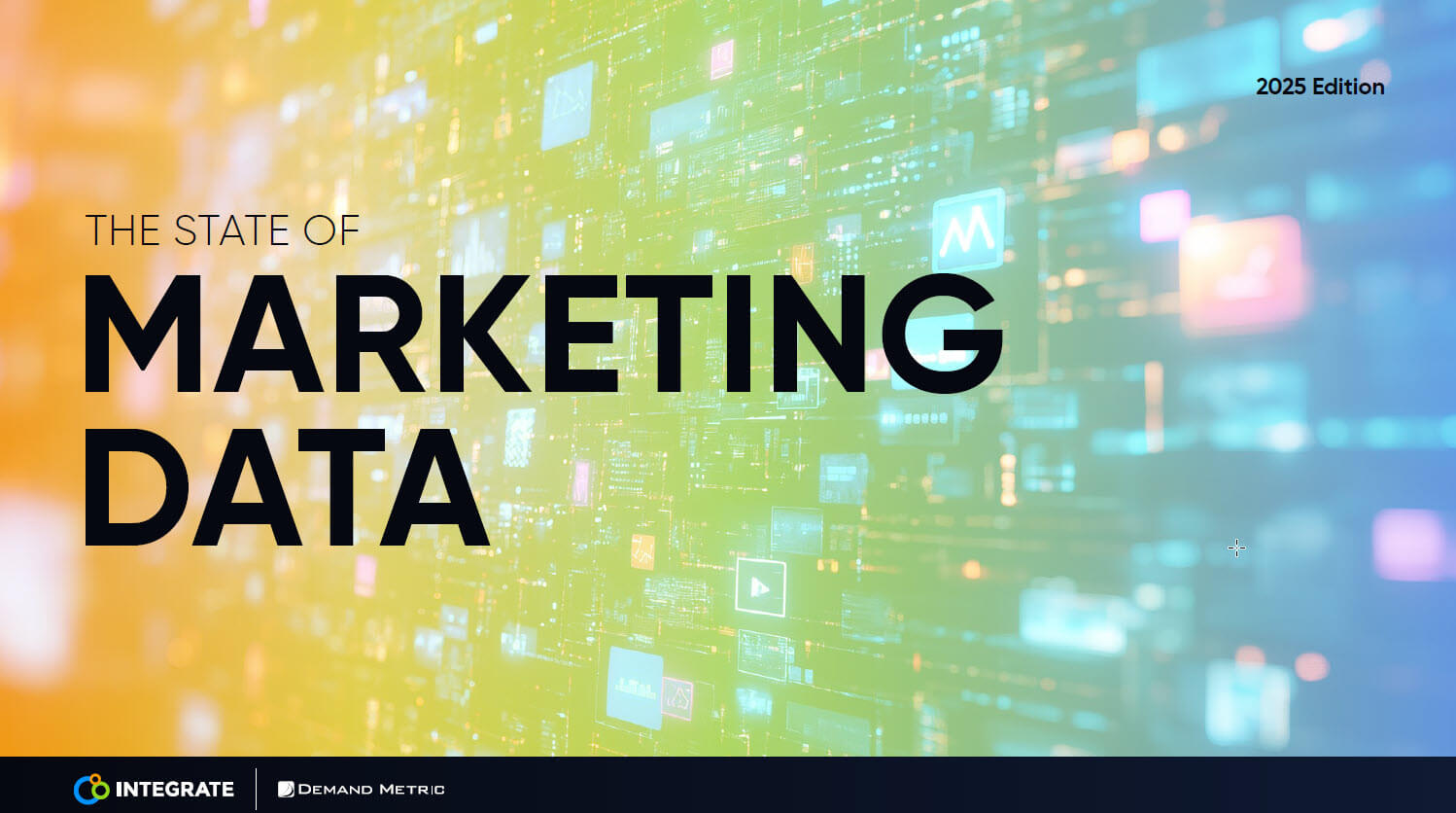Chapter 1: B2B Buying Process — Smash the Sales Funnels in Marketing
We recently published Precision Demand Marketing: Achieving the Promise of Predictable Pipeline, a book that transforms the B2B marketing paradigm. Over the next few weeks, we’ll provide a recap of each chapter on our blog. This week’s installment provides a glimpse into Chapter One: “It’s a Buyer’s World. We are Just Living in it.”
In the world of B2B marketing, it seems that we all live and die by the constructs of the sales “funnel.” We are told to plug leaky funnels, increase funnel conversions and velocity, or flip our funnels to be more successful.
But what is this all-powerful funnel? The funnel has a longer history than most of us realize. In 1897, E. St. Elmo Lewis published a column that outlined his earliest, rudimentary observations of buyer behavior and core advertising principles. His work grew into the AIDA model (awareness, interest, desire, and action). In 1924 the AIDA model was illustrated for the first time in print and became known as the sales funnel. It was a simple visualization that showed the largest pool of potential customers at the top of the funnel, and smallest group (actual buyers) at the bottom. So, at its most basic level, the funnel is simply a visualization of the customer journey to make a purchase.
But today’s B2B marketers know that the customer journey in marketing is a lot more complex than dropping buyers into an artificial funnel and waiting for them to emerge from the bottom. And B2B buyers are keenly aware of this fact as well.
There’s Only One Process That Matters – The B2B Buying Process
Over the past several years, B2B buying behavior has changed to be more self-service and digital. B2B buyers have moved online and now conduct their purchasing research independent of vendors. In 2014, 55 percent of B2B buyers surveyed by Acquity Group said they researched online for at least half of their purchases––even high-priced ones. Four years later in 2018, CSO Insights found that more than 70% of B2B buyers made up their minds before talking to a sales rep.
These were not the only changes occurring in B2B buying. According to Forrester’s 2021 B2B Buying Survey, 60 percent of purchases involve four or more buyers (it’s a team effort, negating the value of individual leads in the funnel), take an average of 27 buying interactions in a successful purchase cycle (it takes time and is not a linear journey), and 85 percent of buyers met with a wide variety of vendor contacts, not just sales (relationship-building is part of the process).
To sum up, B2B buyers are rejecting the traditional sales funnel. They don’t want to be pushed through a vendor-determined sales and marketing process. They don’t want lengthy sales pitches and don’t necessarily need to see a new tool or solution in person. They do their research online and often make their purchase decision well before they’re even on the radar of most companies.
The big question before us is how can B2B marketing adjust to – and succeed – in this new environment?
The Time Has Come for Precision Demand Marketing
We at Integrate have long known the importance of letting the customer lead their buying journey. That’s why we created our Precision Demand Marketing (PDM) approach—because it enables marketers to find and attract ideal buyers, wherever they are, right when they’re ready to buy.
So, what is PDM? PDM is an emerging category to help B2B marketers develop and deliver an omnichannel demand strategy, convert opportunities to revenue, and drive marketing ROI. PDM enables the flexibility and adaptability to quickly react to buyer’s needs, invest where needed, and orchestrate connected buying experiences with less budget waste. PDM means putting the right message, on the right channel, at the right time, in front of the right buyer.
In our conversations with clients and prospects, marketers intrinsically get the PDM concept but sometimes struggle to understand how it modifies their current approach and, of course, how to make the change. What we have learned from working with our customers and marketing thought leaders as we’ve developed the PDM approach is that there are three areas that prevent B2B marketing functions from dropping the dated funnel mindset and adopting PDM. These are:
- Marketing Strategy – How confident marketers feel about the effectiveness of their marketing strategies, how they addressed an always-on multichannel digital world, and what areas they feel improvement is needed.
- Organizational Structure – How marketers structure their teams, define roles and responsibilities, set goals, and communicate and align across the function.
- Marketing Technology – What marketing technology is being used, how technology systems are connected, how effective technology is at supporting marketing goals, and the impact technology has on different marketing functions.
Starting the PDM B2B Buyer Journey
While the change required to become a buyer-driven, precision demand marketing function may seem daunting, it can be done. Integrate has helped B2B marketing functions of all types to successfully adopt the PDM approach. The new realities of B2B purchasing behavior present a unique and valuable opportunity for companies to alter their playbook to meet buyers’ needs.
So, B2B marketers, are you ready to pick up a hammer and smash the old funnel model? If yes, get your complimentary copy of Precision Demand Marketing: Achieving the Promise of Predictable Pipeline. Hear how marketing leaders such as Jess Weimer, VP, Revenue Marketing at Upwork, Lena Waters, VP, Global Demand at Docusign, Jaime Romero, VP, Marketing at Fortinet, Dawn Colossi, CMO at Software AG, Patrice Greene, president and co-founder of Inverta, and Leslie Alore, Global VP of Growth Marketing at Ivanti are heeding the call of adopting a buyer-centric strategy and changing the B2B paradigm.
We also invite you to take our online Marketing Maturity Assessment to score your organization’s marketing strategy, org structure and marketing technology as you start your adoption of the precision demand marketing approach.
